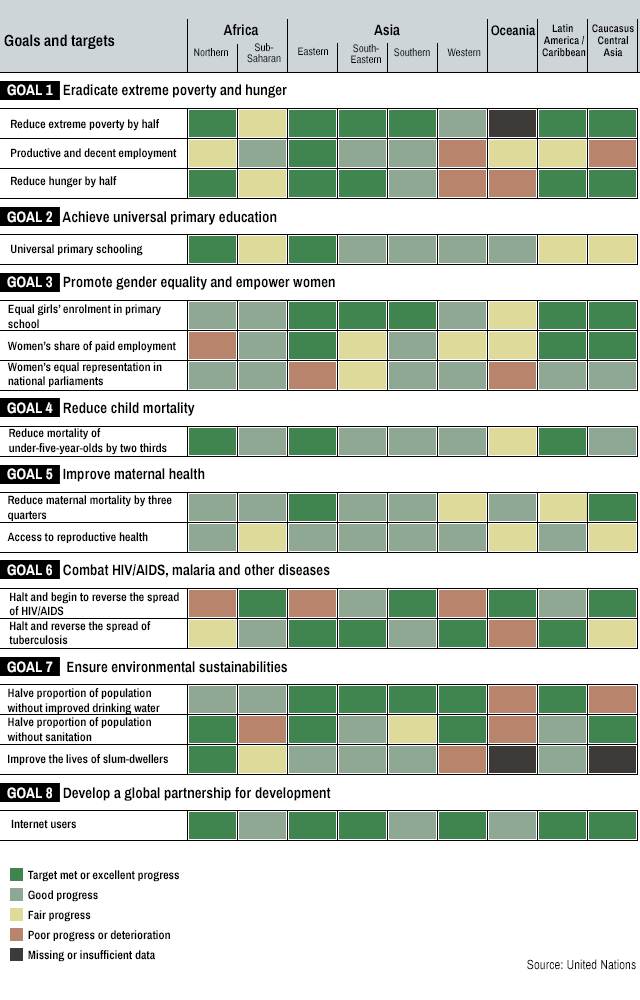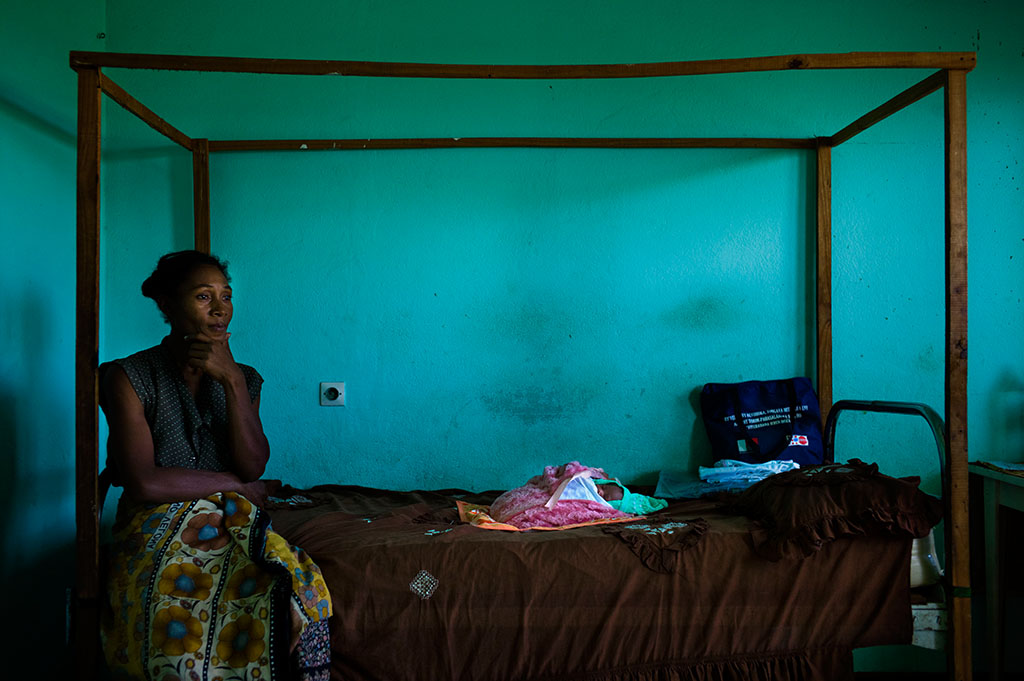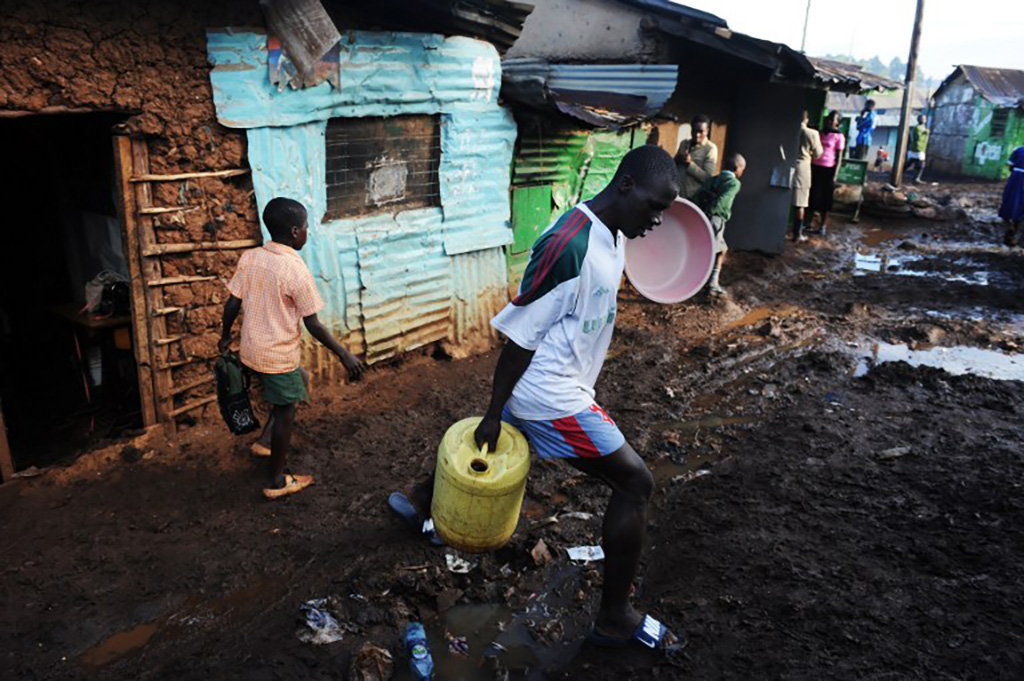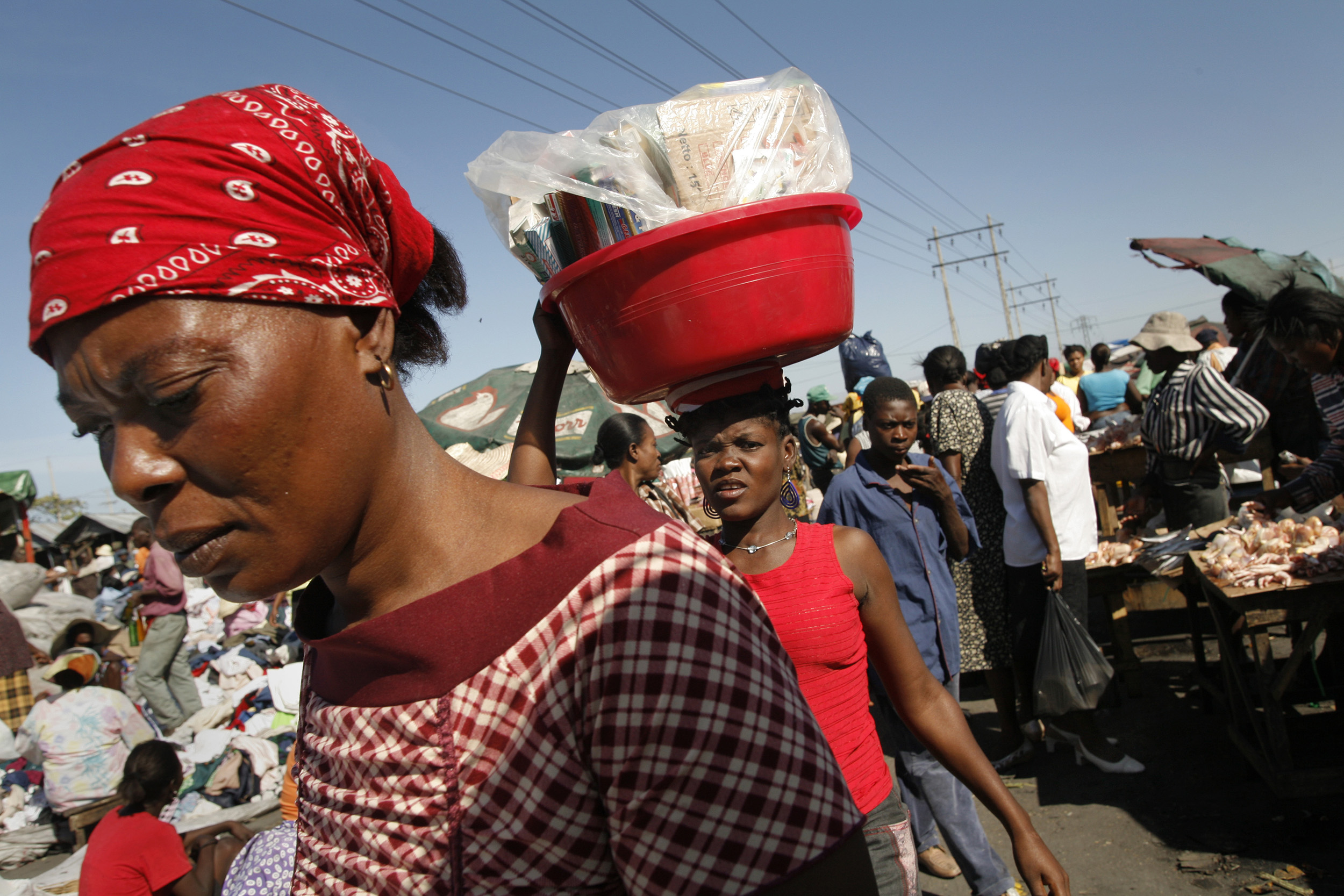The new UN development goals, still missing the point

“Anyone who says that Africa is missing the Millennium Development GoalsExternal link is missing the point.” You might expect such a tart statement about a canonical organising principle of development policy to come from one of the aid industry’s many curmudgeonly sceptics.
That it came insteadExternal link from Jan Vandemoortele, a Belgian economist who helped create the United Nations MDGs in the first place, raises questions whether propagating a single set of targets to drive government policy across the entire developing and emerging world is worth doing at all. The “sustainable development goalsExternal link”, successors to the MDGs, are currently being developed, but the unfortunate signs are that they will be yet more complex and yet less meaningful than the originals.
The MDGs, adopted by UN members in 2000 with a baseline in 1990 and a target date of 2015, set eight goals including reductions in extreme poverty and improvements in health, education and gender equality. There was subsequently a general attempt to hardwire them into the governance of developing and emerging market countries and institutions like the IMF and World Bank. (Gordon Brown, then UK chancellor and self-styled champion of the developing world, made a huge deal out of getting one international organisation after another formally to adopt the MDGs: it’s mildly surprising he never got round to signing up Nato, Fifa or the Eurovision Song Contest.)
The past 14 years – and for some countries the quarter-century since 1990 – have seen remarkable gainsExternal link in reducing poverty and improving the quality of life. However, the credit due to the MDGs is at best partial. And while emerging markets are rethinking the aims of government policy, the role of formal global targets in that debate seems likely only to diminishExternal link.

More
MDG 2015 progress chart
The MDGs were hijacked at an early stageExternal link. A set of global development indicators initially intended simply to monitor progress rapidly acquired firm numerical targets, which were then wrongly usedExternal link to judge government policy country by country and finally became a guide to disbursing development aid.
A substantial body of research has now built up on why, while the MDGs may have been of use in broadening policymakers’ attention, they had serious drawbacks as policy protocols. The methodology of their construction sometimes discriminated against the very poorest countries, particularly those in sub-Saharan Africa, which then unfairly appeared to be failuresExternal link.
Adopting arbitrary numerical targets was always likely to create perverse incentivesExternal link. Taken literally, for example, the income poverty target would have encouraged donors to switch aid from hard-to-improve poorer economies to fund quick wins in middle-income nations. The UK’s Department for International Development, which integrated the MDGs into its decision-making processes, also adopted a simple rule that 90 per cent of its money would go to the poorest countries precisely to correct this distortion.

More
Financial Times
External linkSome of the indicators lacked adequate data, meaning assessment was highly uncertainExternal link. And where there were easy-to-measure targets, like measles (but only measles) vaccination among children, the goals encouraged a top-down set of narrowly-focused interventions at odds with the prevailing development philosophy of improving governance across the board. Quantitative targets also ignored quality considerations: as Malawi’s former president Joyce Banda saidExternal link: “We are all racing towards achieving education for all by 2015. But did we have classrooms in Malawi? Did we have desks? Did we have teachers? The MDG demands that we get as many children as possible into school – but what about quality?”
On brief inspection it would seem that countries’ willingness to give the MDGs house room in policy-making was largely connected to their role in unlocking aidExternal link rather than their being properly embedded in government thinking.
Those countries less dependent on aid, even if they had huge development challenges, paid the MDGs much less heed. More than half the world’s very poor in 2000 lived in India and China. But the sheer size of those countries, together with a suspicion of foreign donors, meant that aid as a share of national incomeExternal link in 2000 was just 0.3 per cent and 0.1 per cent respectively. That compared with, say, Zambia at 25.7 per cent, Bolivia at 5.9 per cent and Lao at 16.9 per cent.
Accordingly, neither Beijing nor New Delhi gave the MDGs much attention. China’s well-known Five-Year Plans and India’s less famous equivalents, though obviously touching on some of the same issues, were drafted without much referenceExternal link to the UN goals. In the case of China in particular, the imperative to providing jobs to quell social unrest elevated the growth goal above all others. That the world met the first goal – halving extreme povertyExternal link – in 2010, five years ahead of the MDGs’ deadline, was mainly the doing of two countries that barely paid attention to them.
If the above criticisms of the MDGs are valid, the new SDGs are likely to have even less impact. Overseas aid as a share of national income and of external financing has declined almost across the board in the developing and emerging market world, including sub-Saharan Africa. By 2012, aid as a share of national income to the above-mentioned three poor countries – Zambia, Bolivia and Lao – had plummetedExternal linkfrom 2000, respectively making up 4.7 per cent, 2.6 per cent and 4.7 per cent of national income. (For India in 2012 the figure was 0.1 per cent, while China had become a net donor.)
Countries have become richer and their sources of outside finance more diverse – including concessional loans from Beijing, which has no more truck with allowing the MDGs to determine its interventions in sub-Saharan Africa than it did with using them to guide China’s own development.
Moreover, the new goals are turning out to be even more unwieldy than their predecessors. The current draftExternal link envisages 17 different goals and 169 separate targets. The full range of aid industry factions (health, education, water, food security, energy, you name it) have evidently been lobbying to include their particular interests. The result – familiar to the development field in general and the UN in particular – is that everything is a priority and so nothing is a priority. The targets are a mixture of the arbitrarily precise – “sustain per capita economic growth…in particular at least 7 per cent per annum GDP growth in the least-developed countries” – and the comfortingly vague – “by 2030 achieve sustainable management and efficient use of natural resources”.
This is a shame, because increasingly there is serious deliberation within emerging market countries on the trade-offs between growth, equality, the environment and other outcomes. The demonstrations during the World Cup in Brazil were a clear sign of a healthy discussion about what kind of growth the country wants, whom it will benefit and what role government should play. Even growth-obsessed China seems to be grappling seriously with the ideaExternal link that there is more to life than GDPExternal link.
That such debates take place is entirely sensible. It seems likely, though, that a combination of the falling role of aid and of flaws in the entire process of target-setting mean that global UN benchmarks will play an increasingly peripheral role in such conversations.
SDG timeline
With the end of the MDGs expiring, a new sustainable development agenda is emerging. Among the various discussions and ideas, an intergovernmental working group, known as the Open Working Group on Sustainable Development Goals (OWG), has come up with a proposal of 17 goals comprising a total of 169 targets to succeed the MDGs and to be achieved by 2030.
This proposal, intended for the United Nations General Assembly (UNGA), will be debated along with other working group ideas over the next 12 months. The new post-2015 framework, including a set of Sustainable Development Goals (SDGs) is expected to be adopted at a summit of heads of states in September 2015. Switzerland participated in the OWG, sharing a seat with France and Germany.
Copyright The Financial Times Limited 2014

In compliance with the JTI standards
More: SWI swissinfo.ch certified by the Journalism Trust Initiative












You can find an overview of ongoing debates with our journalists here . Please join us!
If you want to start a conversation about a topic raised in this article or want to report factual errors, email us at english@swissinfo.ch.